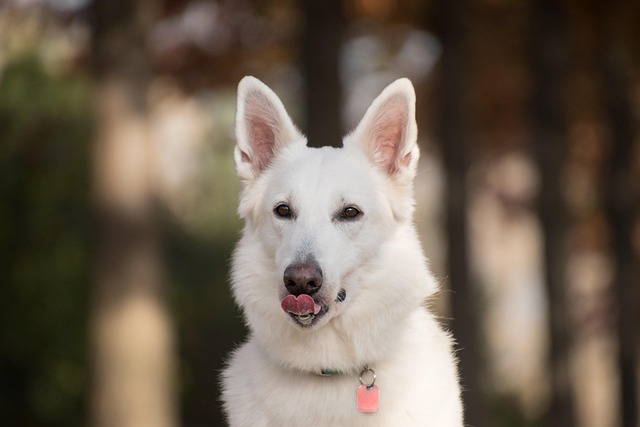
Are Irish setters easy to potty train?
When the Irish setter walks with an elegant pace, its reddish-brown hair shines in the sun, and its lively eyes are full of curiosity and enthusiasm, anyone will be attracted by this unique charm.
In our daily life with dogs, it would be such a sweet and interesting scene if they could obediently pick up the items that we drop. Training a dog to pick up items not only adds convenience to our lives but also serves as a wonderful journey to deepen the emotional communication between humans and pets. Behind this lies scientific methods, endless patience, and deep love.
At the beginning of the training, creating a suitable environment is of great importance. Select a quiet, enclosed space with minimal distractions, such as the living room or the courtyard of your home. A noisy environment can easily distract the dog, making it difficult to carry out the training smoothly. Prepare some toys that the dog loves, such as brightly colored tennis balls or plush toys with an alluring scent. These will serve as excellent "baits" during the training. At the same time, have some delicious small snacks ready, such as dried chicken breast and cheese cubes, which play a crucial role in reinforcing the dog's correct behavior.
Start by cultivating the dog's interest in the items. Pick up a toy and gently shake it in front of the dog to attract its attention and make it focus on the toy. Then, gently throw the toy a short distance away while clearly and firmly giving a simple command, such as "Go get it". Out of instinctive curiosity, the dog may run towards the toy. Once it approaches the toy, even if it just sniffs it with its nose or touches it gently with its paw, immediately give it enthusiastic praise. Say "Good job" in a cheerful tone to let the dog know that its behavior is being affirmed.
When the dog has a strong interest in the toy and is willing to approach it actively, you can guide it to actually pick up the toy. Throw the toy again and give the command "Go get it". If the dog just stands beside the toy, you can slowly approach it, point to the toy with your finger, and repeat the command to encourage it to pick up the toy. If the dog still doesn't take action, you can gently pick up its mouth to help it bite the toy. Be sure to be gentle to avoid causing discomfort to the dog. The moment the dog successfully bites the toy, immediately give it a lot of praise and reward it with a delicious snack to reinforce this correct behavior. Repeat this operation several times. Every time the dog successfully picks up the toy, give it positive feedback so that the dog can establish a solid connection in its mind that "picking up the toy = getting rewards and praise".
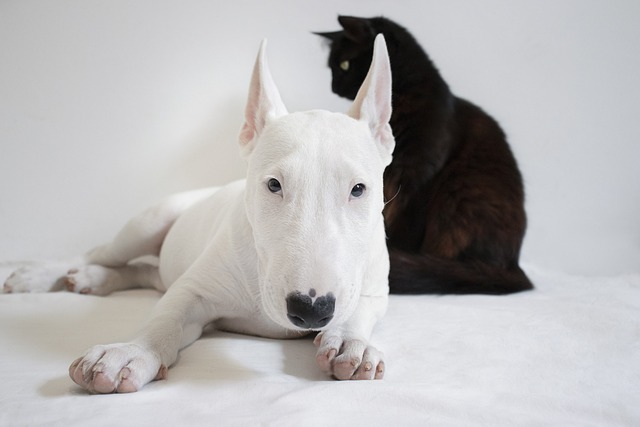 After the dog can pick up the toy smoothly, the next step is to train it to bring the item back to you. When the dog picks up the toy, take a few steps back, open your arms, and give the command "Come back" in a gentle and expectant tone. At first, the dog may be confused about the command "Come back" and stand there not knowing what to do. At this time, you can shake a snack or another toy in your hand to attract it to come towards you. Even if the dog only moves a short distance towards you, immediately praise it. When it comes to you with the toy, while taking the toy, give it enthusiastic praise and a snack as a reward again. As the training progresses, gradually increase the distance that the dog needs to bring the toy back to continuously reinforce the "pick up - bring back" behavior pattern.
After the dog can pick up the toy smoothly, the next step is to train it to bring the item back to you. When the dog picks up the toy, take a few steps back, open your arms, and give the command "Come back" in a gentle and expectant tone. At first, the dog may be confused about the command "Come back" and stand there not knowing what to do. At this time, you can shake a snack or another toy in your hand to attract it to come towards you. Even if the dog only moves a short distance towards you, immediately praise it. When it comes to you with the toy, while taking the toy, give it enthusiastic praise and a snack as a reward again. As the training progresses, gradually increase the distance that the dog needs to bring the toy back to continuously reinforce the "pick up - bring back" behavior pattern.
During the training process, the principle of consistency is extremely important. Always use the same fixed commands, a unified tone of voice, and specific gestures, and don't change them casually. For example, always use the commands "Go get it" and "Come back". Avoid using "Bring it here" today and changing it to something else tomorrow to prevent confusing the dog. At the same time, all family members involved in the training should follow the same methods and standards to prevent the dog from being at a loss due to different commands and requirements.
Strengthening and consolidating the training results are also essential. After the dog has mastered the basic skills of picking up and bringing back items proficiently, the difficulty and complexity of the training need to be gradually increased. You can replace the items with different ones for the dog to pick up, such as newspapers, slippers, etc., to make it adapt to objects of various shapes and textures. You can also expand the training scene to the outdoors, such as in open spaces like parks, but make sure the environment is safe and the distractions are moderate. During outdoor training, the dog is easily attracted by external factors, such as other animals and pedestrians, and may become distracted and not follow the commands. At this time, don't scold it loudly. Instead, be patient and guide it to regain its focus on the training task.
Training a dog to pick up items does not happen overnight, and there may be many challenges along the way. Some dogs are naturally stubborn and unwilling to cooperate, or they may show signs of boredom after a period of training. For stubborn dogs, you need to be more patient and try different ways to stimulate their enthusiasm, such as choosing toys or snacks that they particularly like as rewards. If the dog shows signs of boredom, it may be that the training time is too long or the intensity is too high. You should appropriately shorten the training time and add more fun to the training. For example, skillfully combine the training with games so that the dog can learn in a relaxed and pleasant atmosphere.
When the dog can finally pick up various items for you proficiently and execute the commands accurately in various situations, the joy and sense of accomplishment are indescribable. Every time the dog happily brings an item to your hand, it is a vivid manifestation of your deep affection. Training a dog to pick up items is a journey full of challenges but also extremely warm. It enables the dog to better integrate into our lives and makes the emotional bond between us and the dog even stronger.

When the Irish setter walks with an elegant pace, its reddish-brown hair shines in the sun, and its lively eyes are full of curiosity and enthusiasm, anyone will be attracted by this unique charm.
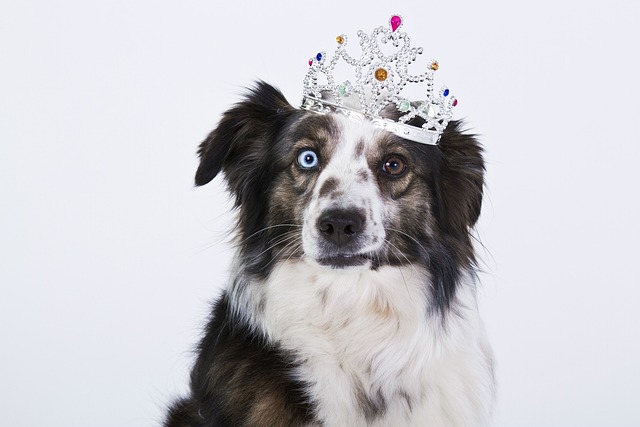
When the furry little life stumbles into our lives, the soft and sticky cry and wagging tail instantly melt the hearts of countless dog owners. However, behind this sweet companionship, puppy potty training is like a mountain in front of them.
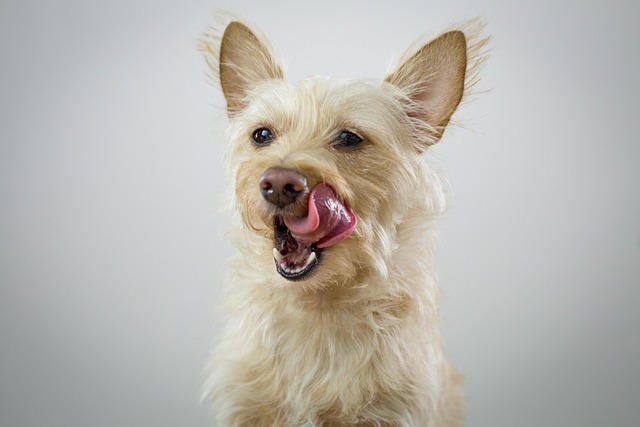
In the steel jungle of the city, more and more people are eager to have a furry companion to add more warmth and companionship to their lives.

Training puppies to develop good house bowel habits is a process that every pet owner looks forward to and is full of challenges. This is not only about the cleanliness of the home environment,

Dog walking is supposed to be a pleasant time for people and dogs to enjoy each other's company, but when the dog drags the leash and rushes around, this beautiful moment is broken.
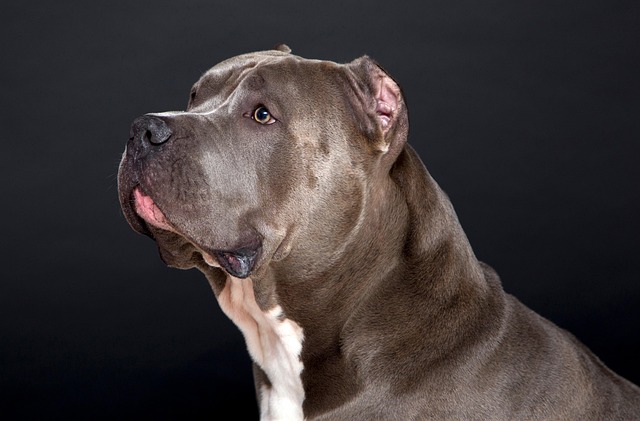
When a dog suddenly poops in a specific area of the house, it not only causes cleaning troubles but also makes the loving owner feel anxious and helpless.